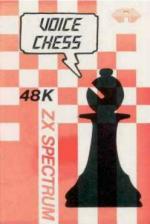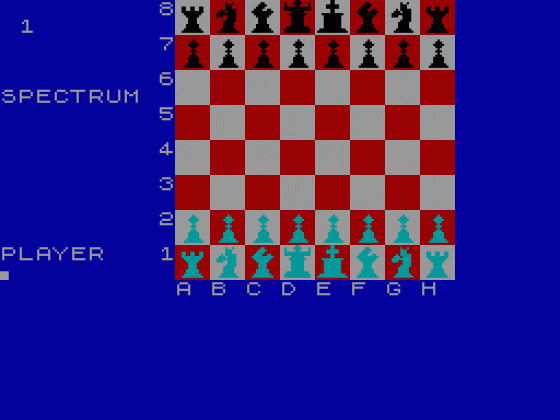
Home Computing Weekly
 29th March 1983
29th March 1983
Categories: Review: Software
Publisher: Aackosoft
Machine: Spectrum 48K
Published in Home Computing Weekly #4
Voice Chess is based on Artic's successful ZX81 Chess II program, but with the added novelty of speech. Whenever a move is made, Voice Chess speaks its coordinates, if rather indistinctly, and moves the appropriate piece. It will also suggest a move if you ask for help.
There are six levels of play, but the blurb on the cassette inlay advises that the last two are really only suitable for correspondence chess - for which the voice is irrelevant. At level 0, the response time is fast but the computer plays a very weak game. Level 2 is probably the most satisfactory level to play at, with a response time of about 40 seconds.
After loading, and at any time during the game, the 'Analyse' option may be entered. Once in this mode you can move pieces around, swap sides or change the level of play as required. Using this facility occasionally seems to make the computer lose track of the game. At one point, after being checked, I was able to change sides and capture its king - upon which the computer made a move and promptly crashed.

The speech takes a while to get used to, and amplification is essential. However after a while, as you recognise separate words, the 'voice' becomes more intelligible. To break the monotonous repetition of piece positions, the computer occasionally comes up with some wisecrack such as "I was expecting that" or what sounds like "Oh golly, not again!"
Playing chess with a well-designed board and finely-made pices is an aesthetic as well as an intellectual experience, and computer chess should seek to make the screen display attractive as well as clear. Artic has achieved this to a certain extent. The pieces are well designed, being large and clear, and the screen display has been kept simple and uncluttered. But the screen colours can be tiring after a while.
A good, well documented chess program, but the speech is just a gimmick.



